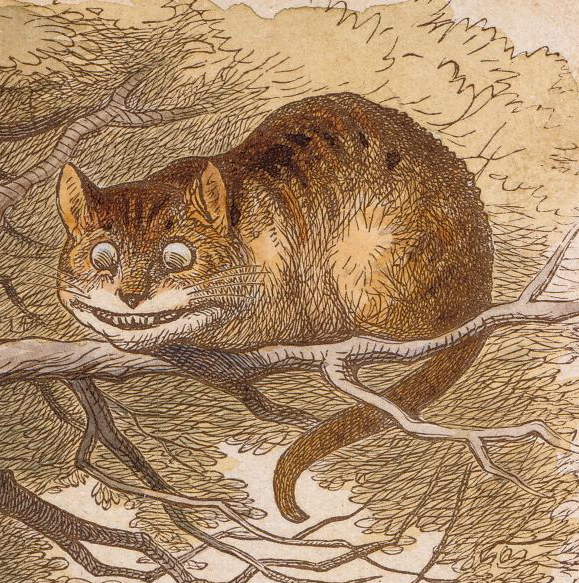Before reading Lewis Carroll’s Alice in Wonderland, I did some research on Lewis Carroll himself. I found that “Lewis Carroll” is a pen name for Charles Lutwidge Dodgson. Carroll chose a pen name because he valued his privacy. He was a man with many interests, including religion, mathematics, photography, science, and children literature. It is said that he lit up around children, having an immense love for children’s stories. Alice in Wonderland was Carroll’s biggest success, and Alice herself is based off a real child that Carroll loved; his dearest child friend, Alice Pleasance Liddell. There is much debate over his relationship with young Alice, as well as his mental state while writing Alice in Wonderland. After researching Carroll further, my sources state that the well known rumour that Carroll had written Alice in Wonderland while under the influence of hallucinogenics is false.
It isn’t farfetched to assume that Carroll may have been on shrooms or LSD while writing Alice in Wonderland. Alice jumps from situation to situation quite bizarrely, and it is sometimes hard to keep up with the conversations she is having with the Wonderland animals. While reading Alice in Wonderland, I found myself thinking that this was nonsense. Alice would answer questions in a way that made no sense, things would happen randomly, and everything seemed to be unorganized and scrambled. But, also while reading, I found myself liking Alice’s character. She is creative, witty, and almost relatable in a strange way. I believe Alice could represent the inner nonsensical child in each of us, but she is not my favorite character.
 My favorite character is the Cheshire cat. At first I was confused what a Cheshire was, so I looked it up and found it is defined by Mariam Webster as: Cheshire is a ceremonial county in North West England, in the United Kingdom. The western edge of the county forms part of England’s border with Wales. This concept of coming from another country could play into the whole idea if imperialism in Alice in Wonderland. The Cheshire cat has a huge grin on his face, and often poses philosophical questions to Alice. Carroll must have had a love for cats, because cats mentioned by Alice in the first chapter, as she has one herself, whom she loves. Cats represent mischievous charters in not literature.
My favorite character is the Cheshire cat. At first I was confused what a Cheshire was, so I looked it up and found it is defined by Mariam Webster as: Cheshire is a ceremonial county in North West England, in the United Kingdom. The western edge of the county forms part of England’s border with Wales. This concept of coming from another country could play into the whole idea if imperialism in Alice in Wonderland. The Cheshire cat has a huge grin on his face, and often poses philosophical questions to Alice. Carroll must have had a love for cats, because cats mentioned by Alice in the first chapter, as she has one herself, whom she loves. Cats represent mischievous charters in not literature.